Moneychanger
Pu-Qua, Dadley
- Type
- album sheet
- Genre
- genre art
- Provenance
- Purchased from a private individual
- Exposition
- Zolochiv Castle (Chinese Palace)
Pu-Qua, Dadley

Virgin Mary with a Child
Mykhailo Boichuk

Pear-Shaped Vessel
unknown

Iconostasis 5. Eccentric Man
Volodymyr Loboda
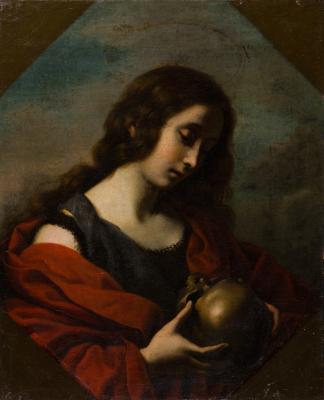
Mary Magdalene
Carlo Dolci

Seated Satyr
unknown

Male Portrait
Stefano della Bella
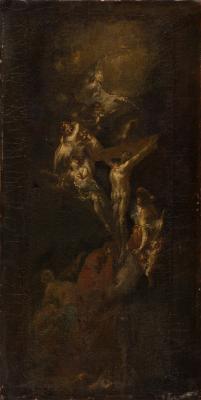
Crucifixion
Franz Anton Maulbertch

Composition with Profile
Arnold Sharhorodskyi
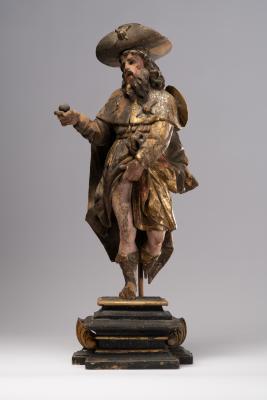
Saint Roch
unknown
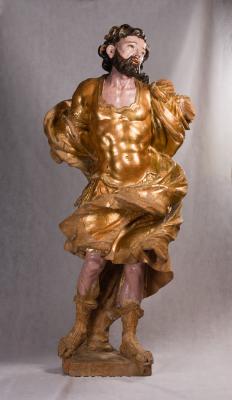
Figure of a Saint in Roman Soldier's Attire
unknown
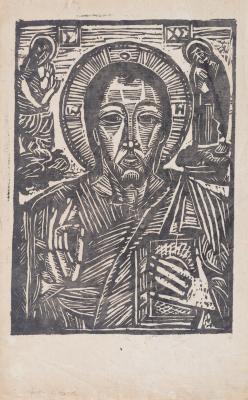
Christ Pantocrator
Mykola Fediuk
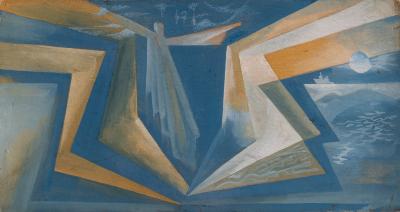
Sketch for a Mural
Vasyl Poliovyi

Naked Athlete
unknown (Italian School)

Album of Drawings
Wojciech Grabowski
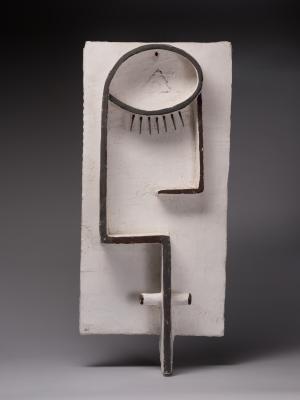
Bas-Relief Portrait
Mykhailo Dzyndra